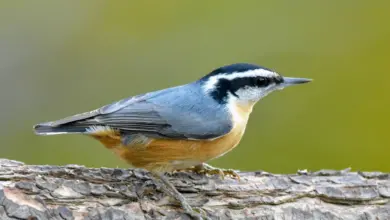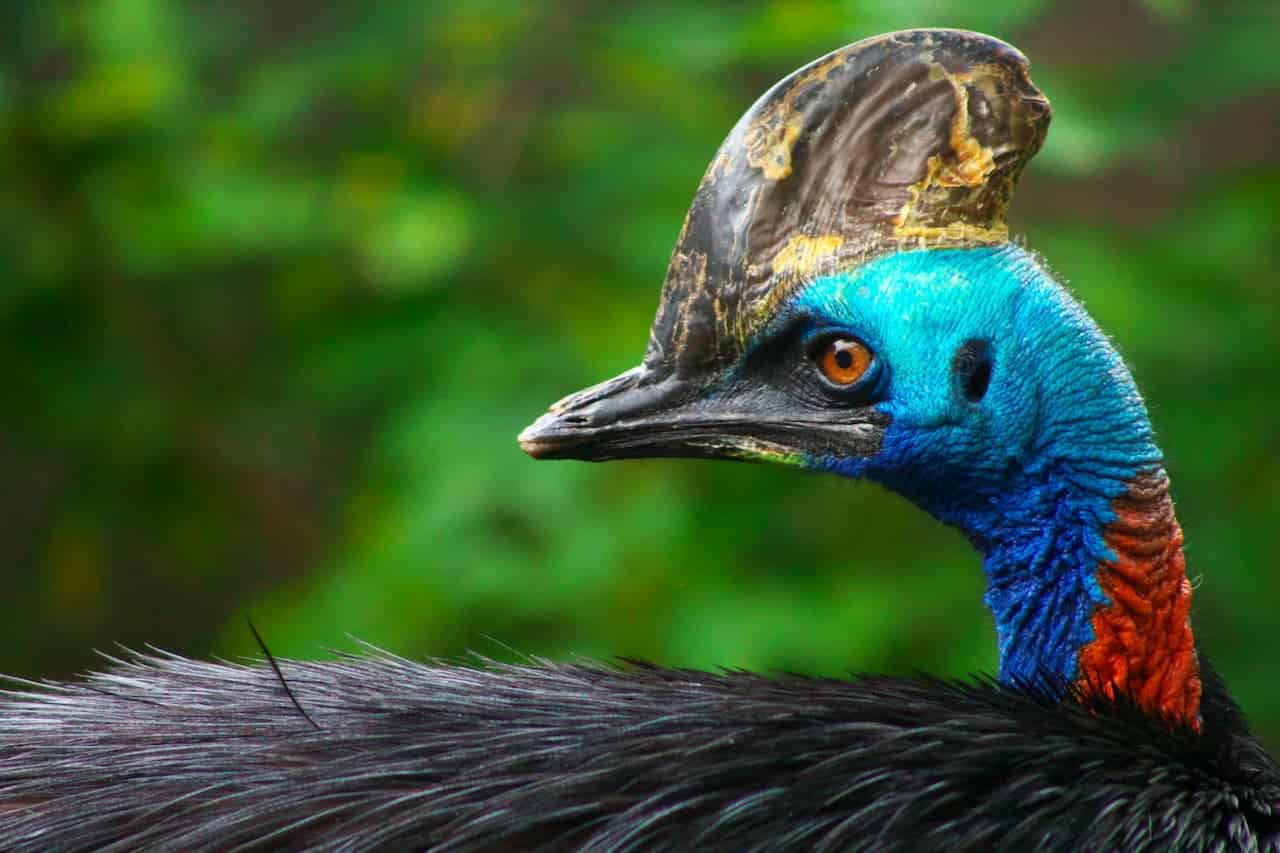Western Rock Nuthatches
The Western-rock Nuthatches (Sitta neumayer) is often referred to simply as a Rock Nuthatch.
Distribution
This songbird is native to the East European countries of Serbia and Greece through to Turkey and Iran. It resides year-round in its areas, except for some post-breeding dispersal.
Habitat
The Western-rock Nuthatch inhabits bare rocks in mountainous areas. It moves to lower altitudes in the winter and dwells in woodland areas during non-breeding seasons.
Breeding and nest building take place in the rocky slopes and cliffs. Because this species occupies a very large range of territories, its population size and number of locations appear to be stable at this time.
The two species of Rock Nuthatches only dwell in wooded areas when it is not breeding season; during breeding season, they build their nests on rocky slopes or cliffs.
Description
The Western-rock Nuthatch is a diminutive bird, measuring only 13.5 cm (5.5 in) in length.
This is a little smaller than the Eurasian Nuthatch. Its underparts are white, shading to buff on the belly. Its throat is white, and it has a long, black eye stripe. The upperparts are a dark grey. As is typical for Nuthatches, the head is large, the tail short and the bill and feet strong. Its legs and bill are longer than most other Nuthatches.
Males and females appear similar.
Juveniles are a paler grey above. Their eye stripes are not as pronounced, and their underparts are a lighter grey
Feeding
Just as woodland Nuthatches press their seeds and prey into crevices in trees, the Rock Nuthatch wedges its food into rock crevices; when ready to extract the food, it hammers the seeds open.
Insects and spiders make up its diet during the summer, and seeds and snails supplement these during the winter.
Although mainly a ground feeder, it is known to catch its prey on the fly as well.
Nesting
When ready to nest, The Western Rock Nuthatch constructs an elaborate, flask-shaped nest from mud, dung and hair or feathers. It then packs the nest’s exterior and nearby crevices with feathers and insect wings. These are thought to be decorative in nature. They build the nests in rock crevices, in caves, under cliff overhangs, or on buildings.
They will also press these decorations into the crevices and cracks near the entrance to the nest. They line the nest with softer materials and seal the entrance with mud. The eggs are white, speckled with yellow. Between 4 and 10 eggs are laid.
In the first century, A.D., Pliny the Elder, writing in his “Naturalis Historia,” sets forth the concept that man was inspired by the Western-rock Nuthatch to build homes of earth, thus imitating their nest-building skills.
Vocalization
The Western Rock Nuthatches has a tsik call and a trilled tui tui tui song. It is common in suitable habitat in most of its range.





